We all love cycling, but figuring out where and how to store your bikes can be a cumbersome task to say the least. They’re quite an elegant piece of hardware when you look at them, but trying to stack multiple rigs side by side is just a huge waste of space. This article will teach you how to hang bikes in your garage with a few inexpensive and easy to use hanging systems.
(Credit: Adobe Stock)
How To Install Bike Hangers & Hooks
Most bike hanging systems are similar in the way that they’re installed. You will need a few simple household tools:
- Drill or screwdriver
- Drill bit
- Screws (often included with the hanger/hook)
- Stud finder
- Pencil
- Tape measure
Step 1: Find your studs
Use the stud finder by holding down the button and gliding it along the wall. When it starts to beep, it means you’re getting closer to a stud. A solid tone indicates that you’re over a stud – make a mark. If you’re having trouble finding studs, or they’re inconveniently placed, you can put a long 2 x 4 piece of lumber across multiple studs, and install your hangers onto that.
Step 2: Measure your spot
Ensure there is enough clearance for your bike whether you’re installing a vertical, horizontal or overhead mounting system. This is a common step that people skip, creating a headache that is easily avoidable. Once you have your spot, hold the hanging system up and mark where the screws will have to go with your pencil.
Step 3: Drill your holes
Using a drill bit slightly smaller than the actual screws, drill holes in your marks where the screws will have to be installed. If you’re not used to installing hardware, this step makes it much easier than trying to go straight into the wall with the screw. If you’re installing on your own, this is definitely a step you do not want to skip.
Step 4: Install hanging system/hook
Align your mounting system with your pre-drilled holes (let’s hope they line up!). Screw the hanger/hook firmly into the wall, but be sure not to overtighten. Especially if you’re using hardware that was included with your hook, the screws may be of a lower quality and liable to break or strip if you stress them too much.
Step 5: Hang your bike
Once your system is attached, the last step is to hang your bike! Get it up there and admire your hard work. You’re basically Tim Allen on Home Improvement, so give yourself a pat on the back!
(Credit: Hallmark Channel)
Bike Hooks & Hanging Systems
Now that you know how to install them, you need to actually pick a hanger out for yourself! Below you’ll find 4 different options, all for less than $30, that each provide a different way of hanging bikes in your garage. Enjoy!
SMARTOLOGY Bike Hooks – 8 Pack ($12.56)
By far the simplest (and least expensive) option, these handy little hooks don’t require any extra hardware. Just pre-drill a hole or work one right into a stud, and in no time you have a sturdy, lifelong hook that goes right through the spokes for an easy vertical hang.
Laxama Vertical Bike Hooks – 4 Pack ($24.99)
With just a little extra effort and slightly more money, you can get these Laxama vertical hooks that include a wall protecting plate and guard rail to help separate one bike from another. Includes screws and drywall plugs for an easy, hassle-free setup!
Gootus Horizontal Foldable Bike Rack ($23.99)
This rack takes us away from the vertical mounts and offers a horizontal option for those with the wall space. If you have a more expensive rider mixed in with kids bikes and other daily rigs, this can be a good option to separate the premium model and give it its own dedicated space!
Rad Cycle Bike Hoist ($20.29)
Now we’re getting fancy! While this overhead pulley system looks intimidating, it is actually well-reviewed for being easy to use and install. It exploits hard to use ceiling space and mounts the bikes overhead. Plus, it has the capacity to carry various other items like canoes and kayaks.
Do You Have Pain From Cycling?
Now that your bikes are hung up, let’s make sure they don’t stay there too long! Biking with an injury is one of the most discouraging things for anyone who loves to ride. That’s one of the reasons why we created Dynamic Cyclist – an online training platform used by thousands of cyclists worldwide. Try us out on a 7-day FREE trial by clicking here!

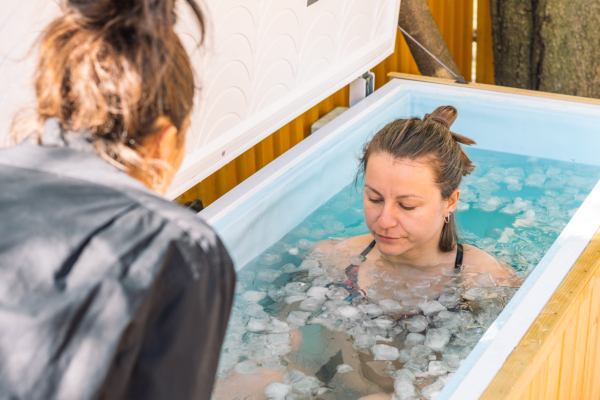
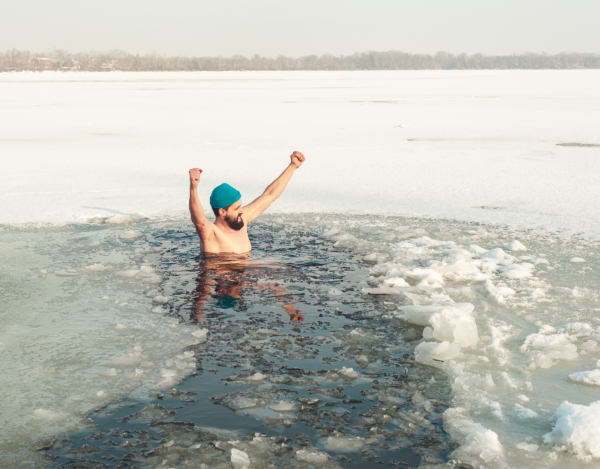
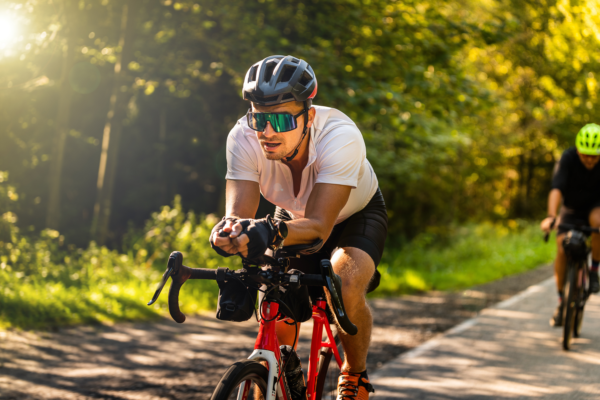
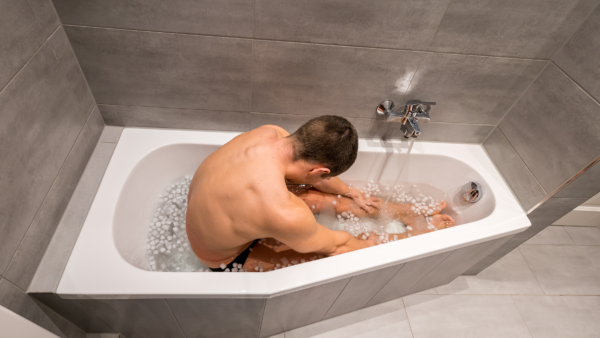
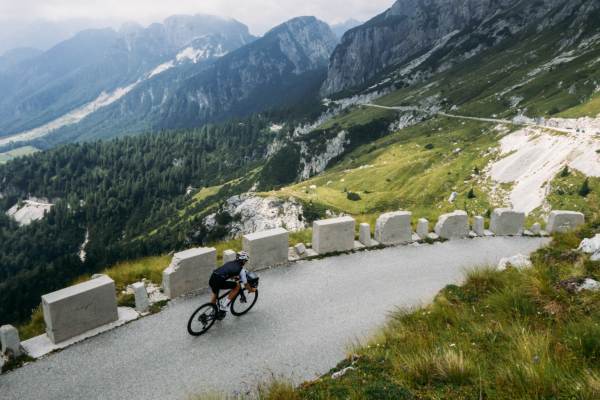
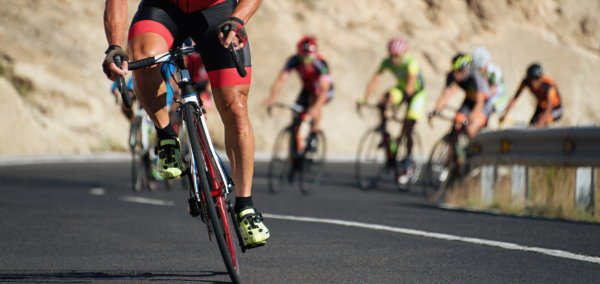

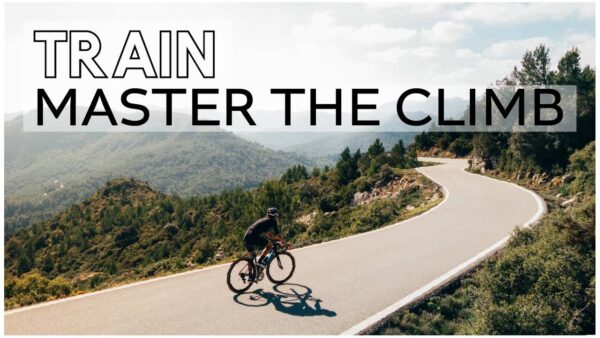

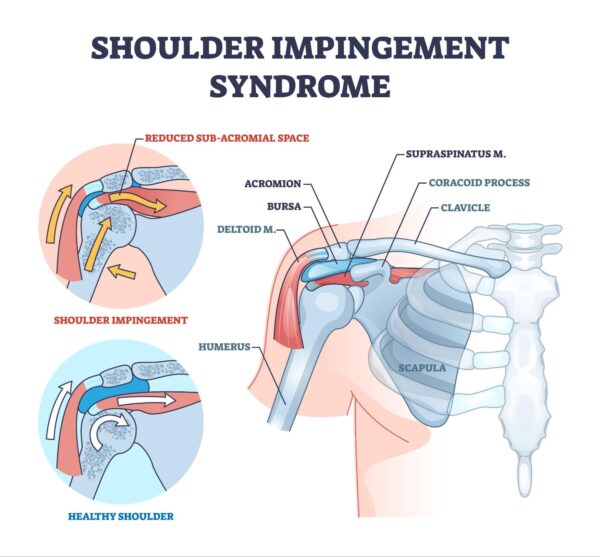
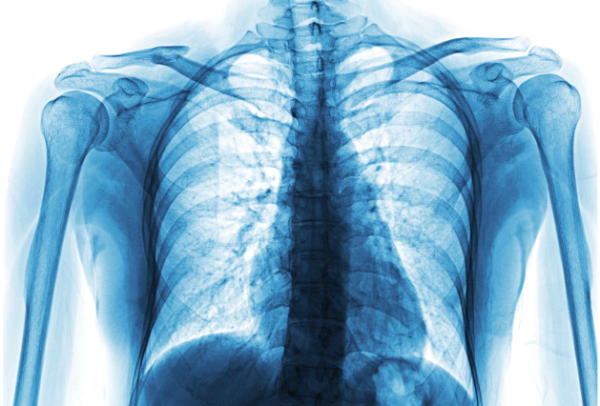

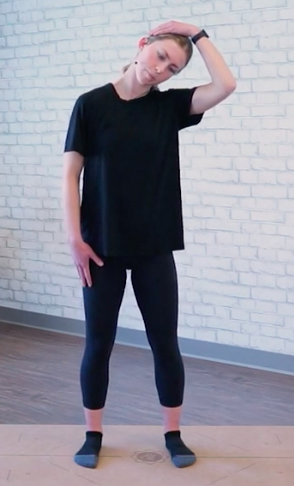
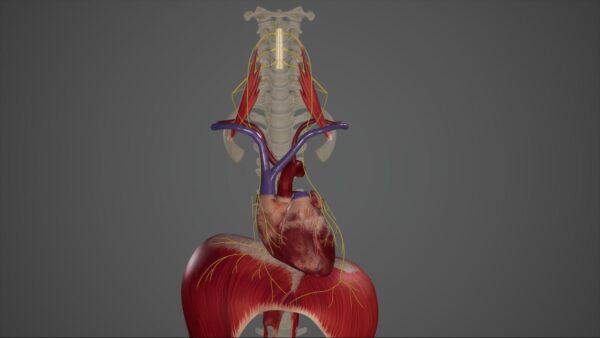

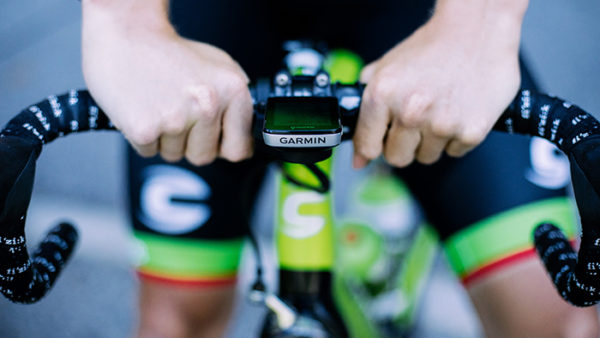

 After you have your new power meter ready to go on your bike, the next step is to do some baseline tests to determine your power profile. Ideally, you will want to determine the maximum power you can produce for 5 seconds, 1 minute, 5 minutes and 30+ minutes (this last one is referred to a
After you have your new power meter ready to go on your bike, the next step is to do some baseline tests to determine your power profile. Ideally, you will want to determine the maximum power you can produce for 5 seconds, 1 minute, 5 minutes and 30+ minutes (this last one is referred to a 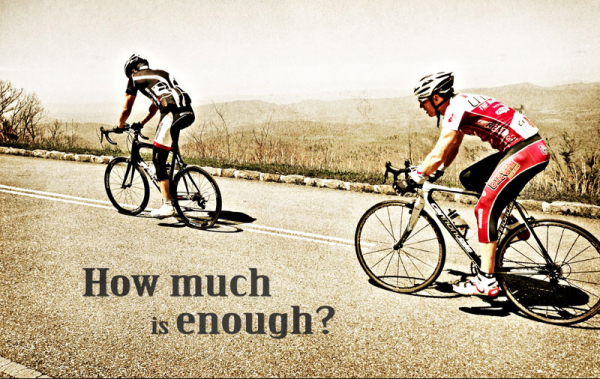 A number of athletes turn to interval training in order to improve their performance. Interval training involves periods of high-intensity riding that alternate with low-intensity rest periods. The purpose of interval workouts is to improve a cyclist’s speed/
A number of athletes turn to interval training in order to improve their performance. Interval training involves periods of high-intensity riding that alternate with low-intensity rest periods. The purpose of interval workouts is to improve a cyclist’s speed/